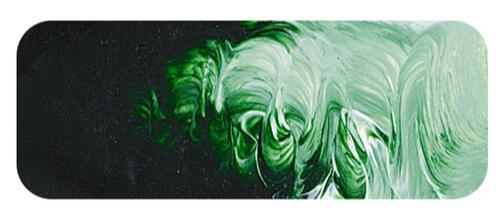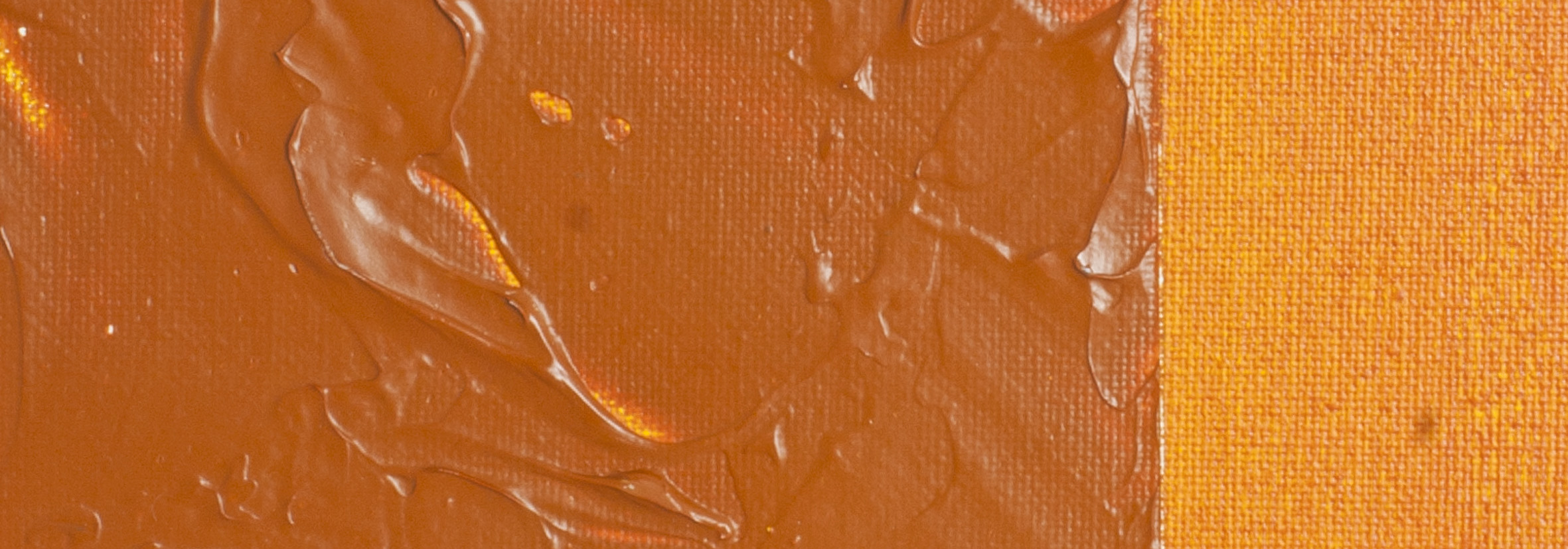Hookers Green | Matisse acrylic paint
Chemical Description: Blend Chlorinated copper phthalocyanine, Arylide yellow & Carbon black
Pigment Numbers: PG7 PY74 PBk7
Lightfastness Rating: ASTM I
Pigment Opacity: Transparent
Paint Opacity: Semi-Transparent
Series 2

Hookers Green | Matisse acrylic paint
The Botanical Illustrator's Innovation
In the early 19th century, William Hooker, a botanical illustrator with the Royal Horticultural Society, sought a dark green for his leafy depictions. His ingenious solution blended Prussian Blue with Gamboge, derived from a Cambodian tree's bark. Gamboge, akin to modern Aureolin, proved fugitive. Hooker's prominence in London and John Sell Cotman's influential use in the 1805 Greta Bridge painting catapulted Hooker's Green into artistic limelight. Though available in oil, its zenith was in watercolours, a favourite among landscape artists of the 19th century.
Permanency Predicament: Seeking Solutions
The fugacity of Gamboge posed a challenge. An initial substitute with Cadmium Yellow Medium lacked the original's olive quality. A coal tar dye seemed promising, but ASTM testing later revealed its impermanence. The late 20th century witnessed the quest for modern, truly permanent alternatives. Artists explored DIY blends using Phthalo Blue with Aureolin or Yellow Oxide, yet many favoured the precision of the tube mix.
Palette Magic: Hooker's Green Unleashed
Hooker's Green's enduring charm reveals itself on the palette. Dark greens saturate nature, particularly the olive hues it effortlessly recreates. Its primary roles are crafting natural greens and deepening other shades without resorting to the colour-draining effect of black.
Crafting Natural Greens: A Palette Alchemy
Creating natural greens becomes an artistic breeze with Hooker's Green. Pair it with Australian Yellow Green for lush rainforest tones or blend with Iso Yellow for an earthier palette. Yellow Oxide or Raw Sienna introduces earthy undertones, while a light lemon yellow like Nickel Titanate produces a distinct green. For a grayish gum tree hue, Naples Yellow Light meets Hooker's Green in a harmonious blend.
Artistic Envy: Hooker's Green's Timeless Allure
The modern artist benefits from a spectrum of yellows to complement Hooker's Green, a luxury not bestowed upon Hooker and Cotman. Yet, both would undoubtedly rejoice in the enduring love for the colour they cherished. Hooker's Green stands as a testament to art's timeless allure, weaving nature's greens with the artist's palette in a harmonious dance through the ages.
Safety Data Sheet for Matisse Hookers Green (SDS)
To view or download a copy of Hookers Green SDS, please CLICK HERE * (271kb)
*The above link will open an external Dropbox window

To install this Web App in your iPhone/iPad press ![]() and then Add to Home Screen.
and then Add to Home Screen.

